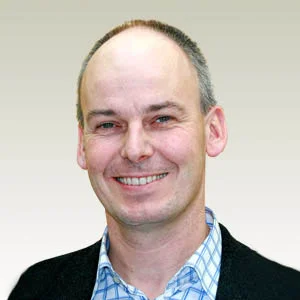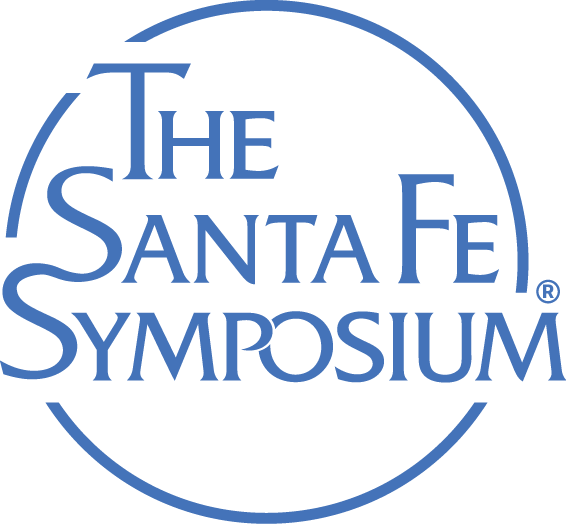Dr. Ulrich E. Klotz - Research Institute for Precious Metals & Metal Chemistry (fem), Germany
Dr. Ulrich Klotz is a diploma engineer in physical metallurgy (University of Stuttgart, Germany), holds a Ph.D. in materials science (ETH Zurich, Switzerland), and is currently head of the department of physical metallurgy at the Research Institute for Precious Metals & Metals Chemistry (fem), Schwaebisch Gmuend, Germany. His research work has included investment casting, casting simulation, phase diagram determination and modeling, micro/nanostructure investigations, alloy development, and brazing and soldering. Dr. Klotz is a two-time recipient of the Santa Fe Symposium® Research and Collaborative Research Awards. This is his tenth year presenting at the Symposium.

Progress in Titanium Investment Casting
Titanium investment casting is extremely challenging due to the high reactivity of titanium melts. Current crucibles and investment materials are reduced by liquid titanium, resulting in a contamination of the melt and a deterioration of material properties. The paper describes the development of a new shell mold system and crucibles based on calcium zirconate ceramic. Tilt casting and centrifugal casting trials were run in different commercial casting machines on typical-sized jewelry trees. The results using the new ceramic material were compared to commercial shell molds and crucibles that work with a yttria front coat. The role of process parameters (casting conditions, flask temperature, etc.) was studied in detail for titanium grades 2 and 5 and other high-melting, highly reactive alloys. Investigation of the samples by metallography and SEM shows limited reaction with the ceramic and very limited surface hardening. Therefore, the new crucible/shell mold system appears promising for industrial application.

